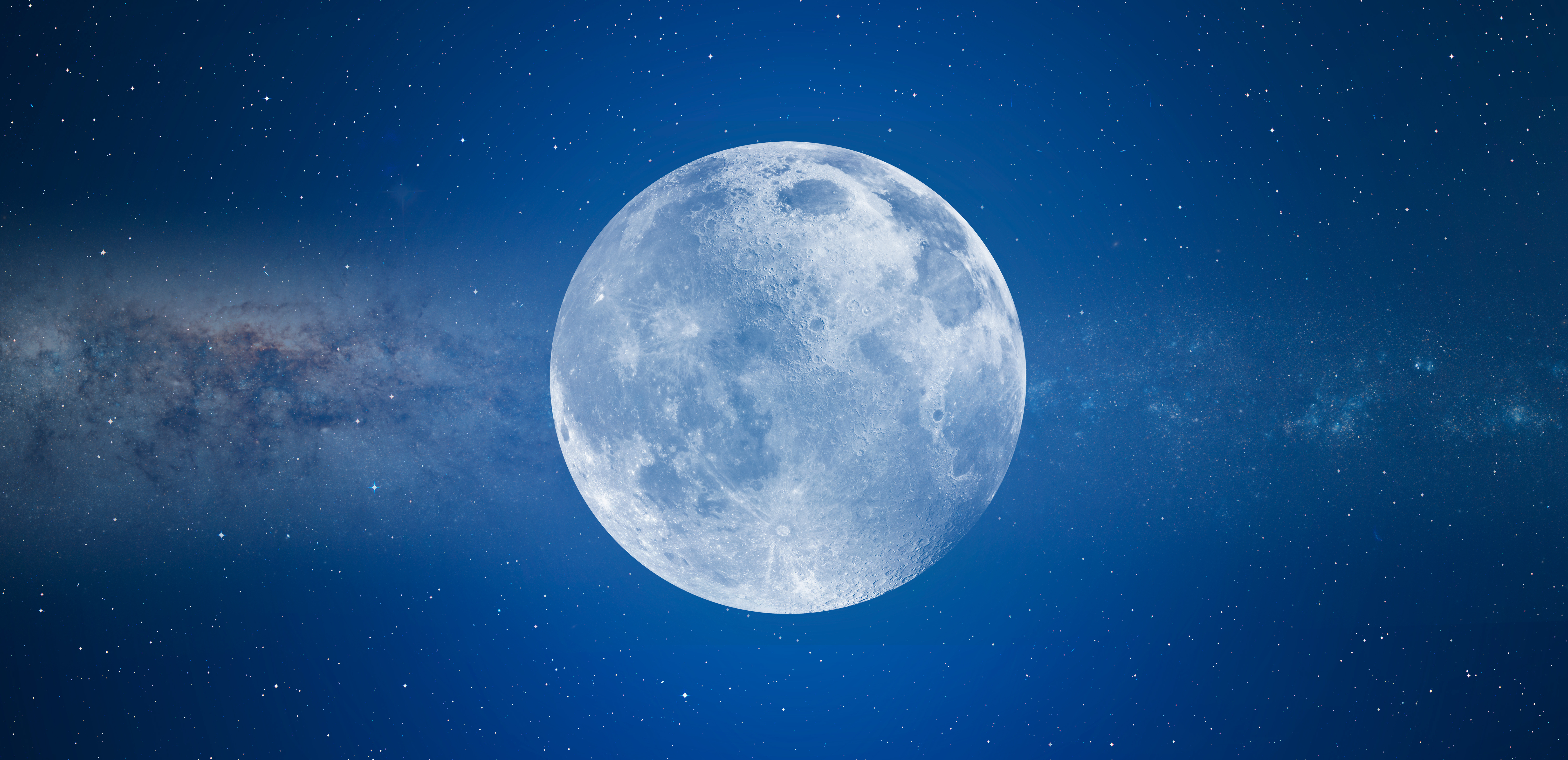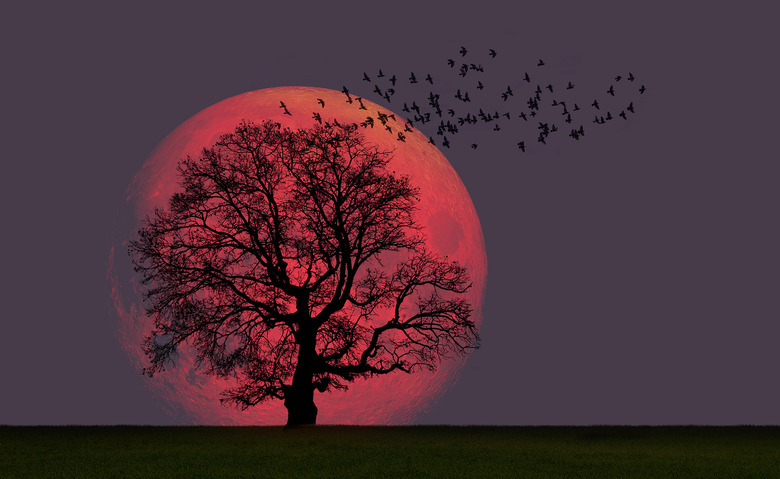The First Full Moon Of 2023 Is On Friday Night
The first full moon of 2023 is coming up quickly. The moon will peak on January 6, in what many refer to as the Wolf Moon. Unfortunately, many folks around the United States may have trouble spotting the January full moon, as weather and storms may obscure it from view.
The moon continues to be a bit of an obsession for humankind, not only in respect of watching it from Earth but also in how our space exploration missions are so closely tied to it. The recently completed Artemis I mission saw huge success orbiting the moon, and South Korea's Danuri lunar orbiter just sent back its first moon image a few days ago.
For those who aren't able to venture out into space itself, being able to see the first full moon of 2023 is going to be a big deal, especially for the thousands of skywatchers out there. For those looking forward to the build-up, you can always catch the almost full moon as it rises on Thursday, starting at around 3:49 p.m. ET.

The first full moon of 2023 will begin its rise into the sky at 4:42 p.m. ET on January 6th, appearing first in the northeastern sky. The full moon itself will become visible more clearly on Friday at 6:08 p.m. ET and will set at 8:41 a.m. Saturday morning in the northwestern sky. If for some reason you do miss the Wolf Moon, you can always catch the nearly full moon on Saturday (via WKBN27).
Unfortunately, our first full moon of the year won't be a supermoon like the Wolf Moon of 2021, as it won't occur during the moon's perigee, which is set to hit on Saturday, January 21. But that doesn't mean that the first full moon of 2023 isn't worth going outside and getting a good glimpse of it when it occurs later this week.
Like most full moons, the name of the Wolf Moon is believed to have originated in Native American culture. It also is known by other names throughout the world, including the Bear-Hunting Moon, the Sun Has Not Strength to Thaw, and so on down the list. Either way, don't miss out on the first full moon of 2023 when it happens this Friday.
